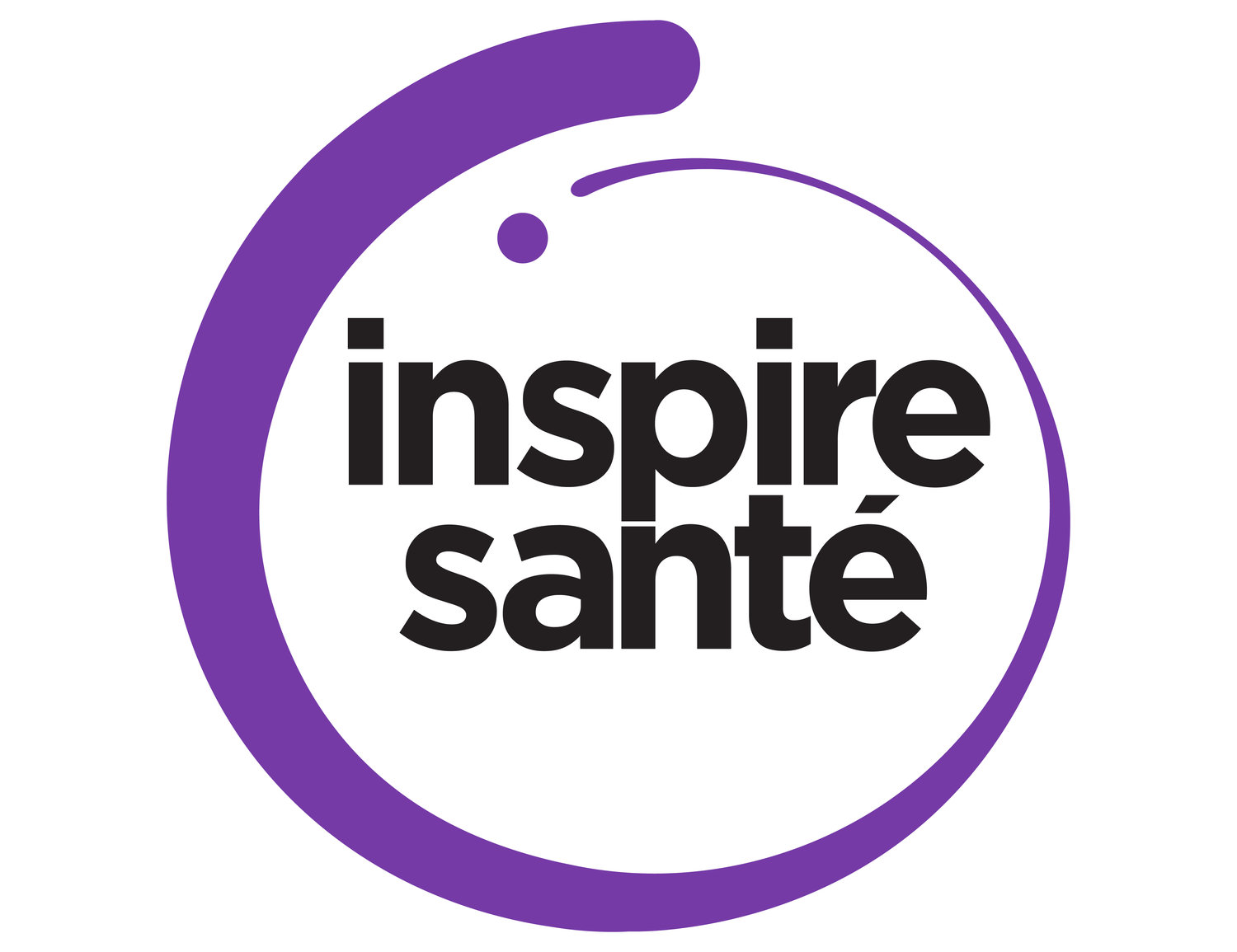Demystifying "supported independence" as a treatment goal
/My glorious physical therapist, Sandy Hilton, and I have discussed how I didn’t have an official discharge date from physical therapy. Rather, I required less frequent visits as I became more independently able to handle everyday tasks. I didn’t need help with gait or with the management of unbearable pain. I was doing yoga and grocery shopping and having sex again. But, just as soon as I considered myself “done” with PT, I’d tweak my hip on the rock-climbing wall or have a particularly rocky menstrual period that upset my low back. And, I’d find myself back on Sandy’s table asking for help.
At first, when I stopped seeing her regularly for pelvic pain in August of 2015, I tried to avoid coming back in for visits. I wanted to feel like I was actually healthy, and not relying so heavily on her help. This sounds silly now, but at the time, I hadn’t gone more than a couple of weeks without PT for years. But after seeing my health through this goofy construct for a few months, I began to understand that a much better goal is a state of “supported independence.” This meant that I would continuously set my sights on new challenges, and I had the confidence to take them on.
Over the course of the past year-ish, I’ve tried barre, gotten my rock-climbing certification, done lots of yoga, tried CrossFit (loved it!), and experienced lots of bumps along the way. I’ve had fertility testing done that pushed the limits of my pain-free vagina’s boundaries. I fell asleep on the hardwood floor next to my dog’s crate after he threw out his back, waking up two hours later with horrific shoulder pain. I’ve done goofy stuff and brave stuff, and some of it’s hurt. And I’m so proud of that!
I wouldn’t have been able to go on these wonderful adventures of life if it weren’t for Sandy, but I don’t mean to oversimplify or romanticize how exceedingly difficult it was to reach this point. I didn’t believe that I’d ever be independent, and I thought “supported independence” meant a lifetime of PT and doctors. But, 16 months later and with the freshness of a new year, I realize that my PT’s support gave me the confidence to reengage with my life.
When I’ve been clinging to the rock-climbing wall, convinced that I was about to take a tumble in a very uncomfortable way, I’ve been able to effortlessly roll with it. My brain tells me, “don’t worry. If you screw it up, Sandy can help.” I’ve trained it to have this response, and Sandy has supported this brain-training by being unceasingly available, encouraging, and anxious to help. She’s given me hugs and high-fives and has sat in the back of a conference hall while I proudly shared the story of my recovery with her. I was broken when I met her in April of 2014, and I’m now a multidimensional, thriving, deliriously happy person who appreciates life experiences anew.
So, to others who are hurting: don’t look toward your “discharge date” as the end goal. Rather, look toward the days that you’ll return to your PT because you hurt yourself anew while you were so busy living. Sometimes, Sandy says that we’re using these recent PT visits to “clear out the cobwebs in the corners.” We got 99% of the pain cleared away, and I’m just enjoying life; but every once in awhile, I step into a cobweb and find that we missed a spot. When I find those spots, she helps me clear them out, and I go back to living!
If you’re a provider, I urge you to educate your patients about “supported independence.” It will help them to feel like they’ll have ongoing support after you’re done with regularly-scheduled treatments, and it may give them the confidence to launch back into an active lifestyle earlier than they’d otherwise feel comfortable. They may take on challenges they would otherwise avoid for fear of reinjury. It’s so imperative that they call you when they encounter other pain or dysfunction – this will help acute issues from becoming chronic, and it will keep them under your monitoring for signs of recurrence of their illness or injury.
And that, my friends, is how the patient-provider lifecycle should look. We shouldn’t have these halting, stop-start relationships with our providers, but instead, they should be woven into our lives so they can support us through the bumpy spots and celebrate with us when we accomplish something really cool (like get a rock-climbing certification!). And to Sandy – thank you for offering the very definition of supported independence to those of us lucky enough to have graced the doors of Entropy Physio.
© 2017 Inspire Santé, NFP








